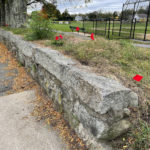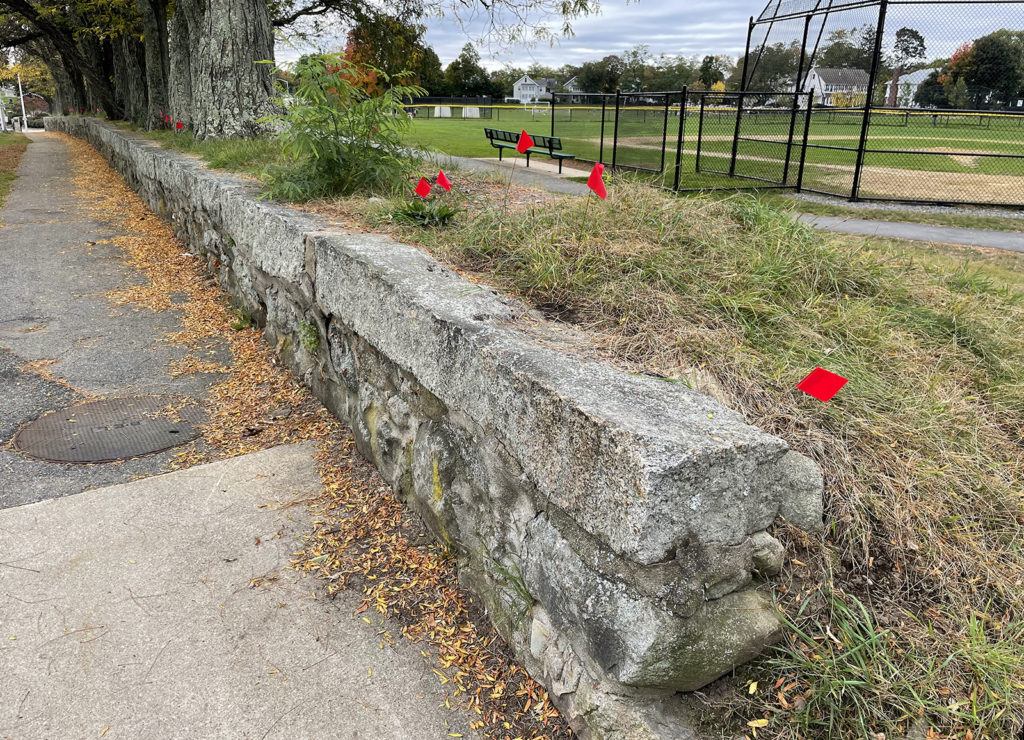
By Jeffrey North
Two bald eagles have died in Middlesex County this year from second-generation anticoagulant rodenticide (SGAR) poisoning in Arlington and Waltham. The causes of death in both cases, anticoagulant rodenticide, were confirmed by MassWildlife officials after postmortem testing at Tufts Wildlife Clinic. Three different SGARs were detected in theirlivers.
These are among the first cases of poisoning in American bald eagles in Massachusetts. Yet such secondary poisoning has been documented in hawks, owls, foxes, bobcats, coyotes, dogs, and cats. And thousands of children ingest or are otherwise harmfully exposed to these poisons every year.
According to the EPA, second-generation anticoagulant rodenticides are no longer registered for use in consumer products and are registered only for commercial pest control. Although SGARs should no longer be sold to homeowners through retail outlets, old stocks in stores’ inventories may still be purchased from local hardware and garden stores and online retailers. Homeowners still use these products as well as older first-generation anticoagulants (FGARs), unwittingly poisoning non-targeted wildlife, pets, and children.
The rodenticide products currently available on the consumer market are ready-to-use bait stations that contain bromethalin, chlorophacinone, or diphacinone packaged in block or paste form. Pelleted baits are no longer permitted in consumer products.
Fortunately, Belmont’s Parks Division of the Department of Public Works (DPW) no longer uses poison to manage rodent pests. The DPW eliminated the use of bromadiolone earlier this year after investigating these safety and environmental concerns.
The 14 black plastic bait boxes placed around the Grove Street playing fields and seven boxes at the tennis courts near Joey’s Park contain mechanical snap traps and a food-grade bait substance or a safe bio-repellent such as DeTour Gel. DeTour Gel contains capsaicin, the effective ingredient in hot chili peppers, which produces skin irritation in exposed rats and their nestmates. Legend has it that the capsaicin compound affects rats’ behavior in ways that upset the domestic tranquility of their nests. The bait boxes are multipurpose, designed to contain a variety of mechanical and/or chemical rodent controls. They are maintained by a licensed applicator under the auspices of the DPW.

Flags indicating rodent treatments at the corner of Grove Street and Grosvenor Road. Photo: Jeffrey North
On October 22, highway department staff, working with the licensed professional pest control company, deployed dry ice into rodent burrows at the corner of Grove Street and Grosvenor Road. Dry ice, which is frozen carbon dioxide, disperses into nest tunnels to asphyxiate the pests underground. Note to homeowners: dry ice rodent treatments and all other regulated, EPA-registered substances should only be deployed by a licensed pest control applicator.
What Can Homeowners Do?
Raptors eat rats and other rodents. Fewer raptors mean more rats. To avoid poisoning the hawks, owls, and eagles, try integrated pest management (IPM). This systems approach for managing pests incorporates biological, chemical, and cultural control strategies based on accurate pest identification and monitoring. Pests are managed in an ecologically compatible manner, and if no effective non-pesticide control measures are available, then any pesticides used should result in the lowest possible risk to health and the environment.
IPM Methods to Try
- Remove rodents’ potential food sources and shelter. Prevention is the best cure.
- Keep trash containers sealed and away from pests.
- Keep pet food inaccessible to pests.
- Be mindful of bird feeders; keep them 15 to 20 feet from any buildings and use lower- or no-mess seed blends. Ask your local bird seed seller for anti-rodent guidance.
- Clean barbecue grills after every use.
- Remove invasive English ivy; rats covet nests in this aggressive invasive, so replace this with native plants.
- Clean up wood, brush, and junk piles that may provide shelter to rodents.
- Remove tree limbs within three feet of your roof.
- Repair and seal any holes in the walls of your home, garage, or shed.
- Try alternatives to poison, such as snap traps.
- Or engage a licensed professional who can offer less- or non-toxic tactics. Ask questions of your pest control company. Hire only those that employ integrated pest management (IPM). Avoid those that rely solely on the use of SGARs: brodifacoum, bromadiolone, difenacoum, or difethialone.
You can also support new legislation. Massachusetts bill H3991 would require pest control companies to provide better information to consumers about the risk to wildlife, pets, and children. Additionally, it would mandate IPM practices on public lands before considering a poison-first approach (see accompanying article).
For more information on IPM for rodents, look at UMass’s page (www.ag.umass.edu/integrated-pest-management/about) or the IPM Institute (www.ipminstitute.org/what-is-integrated-pest-management).
Jeffrey North is managing editor of the Belmont Citizens Forum Newsletter.


Sorry, the comment form is closed at this time.